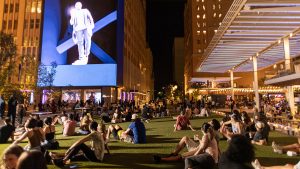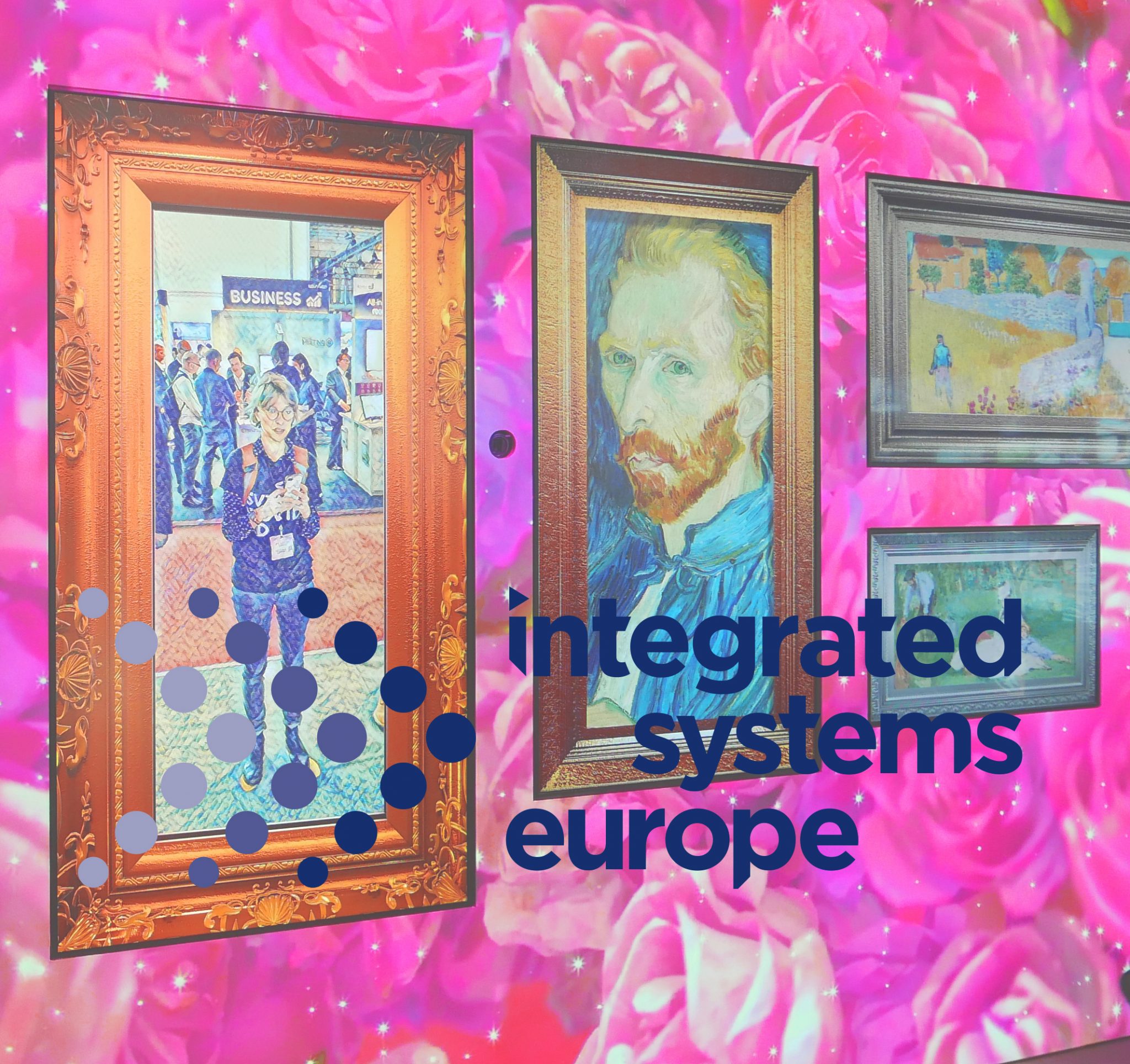
By Craig Park, FSMPS, ASSOC. AIA, Principal Consultant, The Sextant Group
For over 100 years, didactic learning models – with faculty lecturing as the “sage on the stage” – have dominated the pedagogical approach in most colleges and universities. In the last decade, we’ve seen a marked shift toward student-centric learning models, where the faculty serves more as a “guide on the side,” helping cohort teams research, compile, and present in new more engaged and real-world context. Today, new imaging systems, high-bandwidth wireless collaboration tools, and network-based signal distribution systems are changing the classroom design landscape.
The latest groups of millennial and Z-gen students bring a distinctively different perspective to today’s college and university campus. As true digital natives, they live an always on, connected, active, social, and visual lifestyle. They expect full and immediate access to media and information, which they both create and consume in volumes as never seen before. They are characterized as visual and multi-sensory, and they connect living and learning in a very balanced way. They think technology is cool, preferring authenticity to hype. They want to collaborate, growing up as global thinkers, with no fear of being connected to others, world-wide.
FROM THEN TO NOW
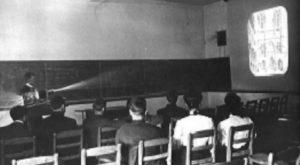
The Ohio State University, School of Architecture, 1906
Traditional pedagogy focused on teacher-centered instruction has been the mainstay of education for well over 100 years. It utilized single sense stimulation, single path progression, with a single media. Didactic learning centered on individual, isolated work, and is characterized as information delivery, in a passive learning sense. A factual, knowledge-based, and literal thinking approach demanded a reactive response, often isolated and artificial from context.[1]
Generally cited as the pioneer in active learning, North Carolina State University’s SCALE-UP (Student-Centered Active Learning Environments for Undergraduate Programs) began team-based teaching in 2006. Other Universities followed, with similar programs including University of Iowa’s TILE (Teach Interact Learn Engage) and the Massachusetts Institute of Technologies TEAL (Technology-Enhanced Active Learning) initiative. Today, these new pedagogies, which blend online instruction with in-class team-based problem solving ¾ characterized by team-based student-centered interactions ¾ feature multi-sensory stimulation, multi-path progression, and are multimedia intensive. Flexible and mobile seating the supports collaborative work groups and team-centered activities drive active/exploratory and inquiry-based learning. Information exchange in these settings is proactive, with planned actions based on authentic, real-world context.[2] Where some institutions of higher learning have embraced the active learning model, most colleges and universities have some classes being taught with this way, and that number increases every year.
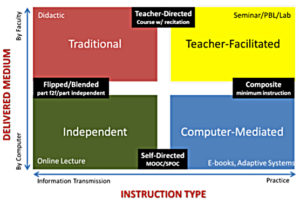
Figure 1
ONE SIZE DOESN’T FIT ALL
That said, not every student learns the same way, nor is every topic suited to a flipped or blended learning model. There is a multi-option confluence of pedagogies currently in use in colleges and universities (See Figure 1). It is important to remember, technology is a component of each of these pedagogical paradigms.
- Traditional, teacher-directed classrooms still need robust presentation systems featuring high-resolution images, clear sound, and the capability to interact with local (wireless collaboration) and distant (synchronous broadcast) students.
- Teacher-Facilitated, team-oriented classrooms, like NCSU’s SCALE-UP model are the fastest growing programs, with team-oriented seating, local displays, and wireless interconnectivity tools, engaging students with problem-based learning.
- Independent, single student learning is still very relevant. Spaces that provide for quiet, focused, autonomous study are facilitated in new Learning Commons buildings are quickly replacing the reference library of old. These facilities provide high-speed Wi-Fi access to online information, resources for research, and creative “sandbox” facilities for multimedia production supporting shared learning.
- Computer-Mediated, self-directed, artificial intelligence-driven, adaptive systems are the new kid on the block. With this approach to pedagogy, the computer becomes the teacher, allowing each student to interact and learn at their own pace. Intelligent programs like Knewton provide students with guidance and feedback as the progress through each topic.
THE BENEFITS OF ACTIVE LEARNING
The National Center for Academic Transformation (www.thencat.org) has published several studies showing the improved learning outcomes that result from these new pedagogies. At SUNY Buffalo, the redesign significantly increased student learning outcomes. At Maryland’s Frostburg State University, it was found that active learning classes significantly increased student performance while reducing instructional costs. At Mississippi State University, the active learning program resulted in a cost savings of approximately 25% per student.
In every case, responsibly designed and integrated technology supports improved learning outcomes, enhancing presentations, enabling easy collaboration, and connecting students to global information resources and new cohorts. With rapid advances in virtual and augmented reality, the next generation of classrooms will likely feel more like a game room than the classrooms we have known in the past.
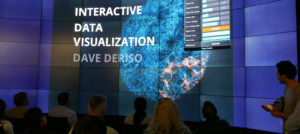
The HANA Immersive Visualization Environment (HIVE) at Stanford University features a 10-foot-tall by 24-feet-wide display with 13440×5400 resolution and 72 million total active pixels. Researchers may use multiple displays simultaneously to investigate various aspects of data collection, simulation, and visualization and to zoom in to see detail at previously unheard-of-levels. Built in partnership with the Army High Performance Computing Research Center (AHPCRC) and with the generous support of SAP, the HIVE is located in Huang 050 and is open to all Stanford faculty, students and staff–free of charge– for research visualization projects and courses.
TECHNOLOGY SUPPORTING CHANGE
In the best technologies are transparent and intuitive to use. The growth of wireless collaboration devices (e.g., WePresent 2000, Mersive Solstice, Intel Unite, etc.) allow for multi-user screen sharing to more robust systems that offer true document collaboration (e.g., Tidebreak’s Teamspot or Kramer’s Via Collage) have simplified how faculty and students connect to projection and flat-screen displays in classrooms, huddle/team spaces, and other non-classroom spaces (e.g., libraries, student unions, and residence halls) are changing where and how students learn.
Students, many who are already masters of massive open online multi-player gaming, are quickly adapting to new no-to-low cost online learning resources known as massive open online classes (MOOCs) – pioneered at Stanford University – and now, through collaborations between dozens of universities, are serving tens of millions of students worldwide.
And finally, the growth of augmented and virtual reality enhanced learning – another off-shoot of the new students’ gaming experience – is also growing. AR/VR labs are popping up in multiple programs all over campus, combined with “maker space” learn-by-doing labs, supporting the entrepreneurial spirit of the new cohort of learners.
CRAIG PARK, FSMPS, ASSOC. AIA, is a principal consultant with independent technology consultants The Sextant Group. Park has been active in the building industry for over 40 years. He is a Fellow and past national president of the Society for Marketing Professional Services (SMPS) and former member of AVIXA’s Board of Governors, Foundation, and Leadership Development Council, and founding chair of AVIXA’s Independent Consultants in Audiovisual Technology (ICAT) Council. Park currently serves as Vice Chair of Professional Development for the North Central Region of the Society of College and University Planning (SCUP). He holds a B.S. Architecture from California Polytechnic State University in San Luis Obispo. Park is based in Omaha, NE, and can be reached at [email protected] or 402.609.6131.
[1] The National Educational Technology Standards (NETS) project, an International Society for Technology in Education initiative
[2] Ibid
Market Trends – Gensler Spotlight
Get Our Newsletter
Sign up at the right to get industry analysis, curated data, and information (you can actually use) from the digiDaybook Newsletter.


